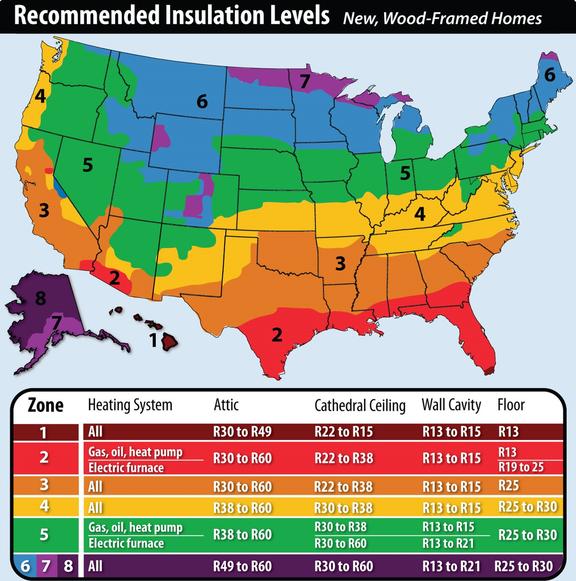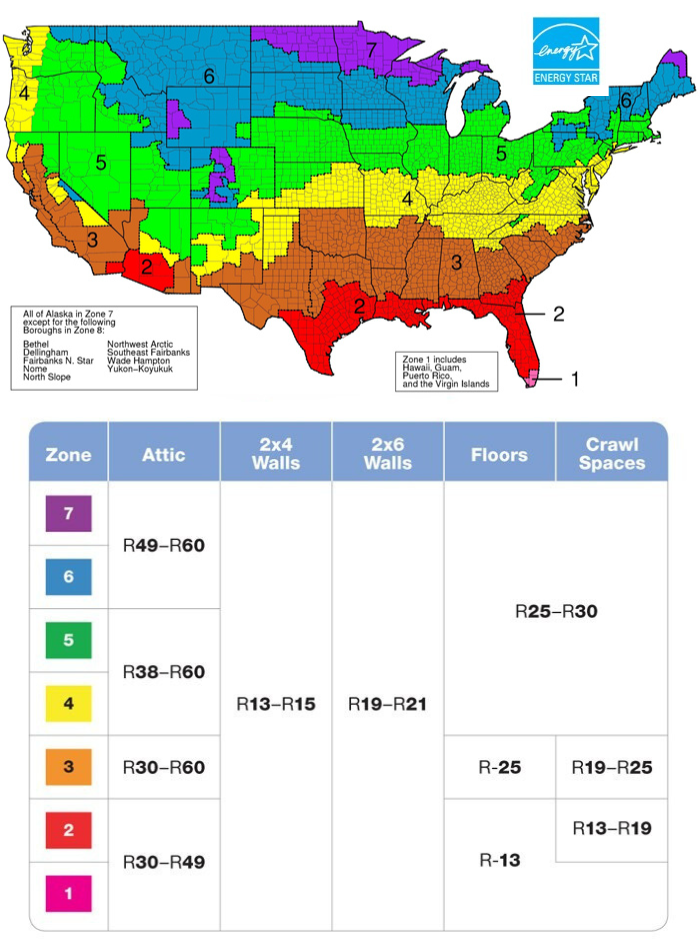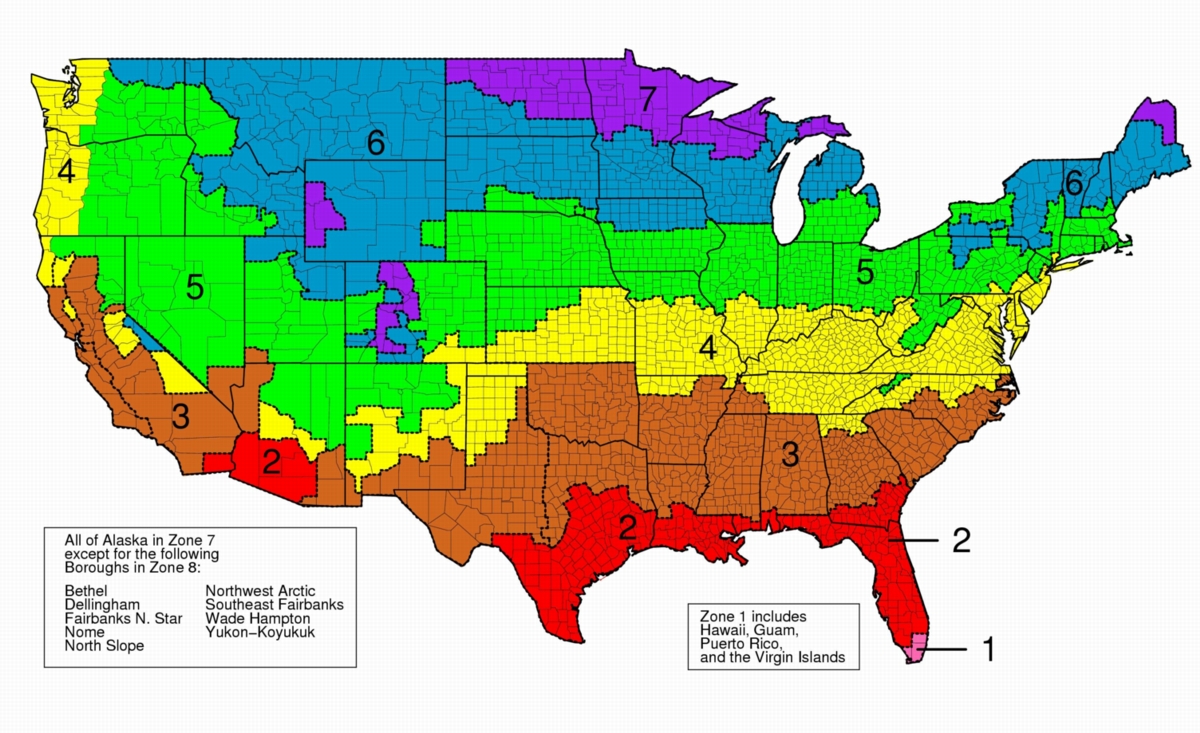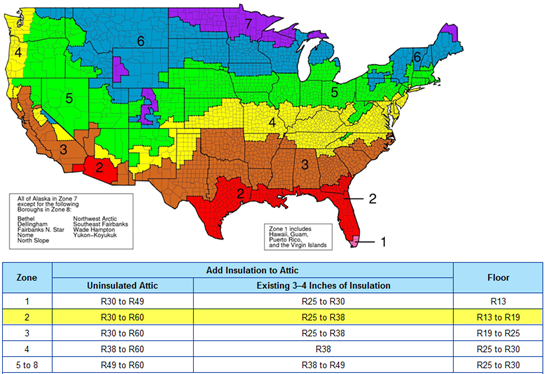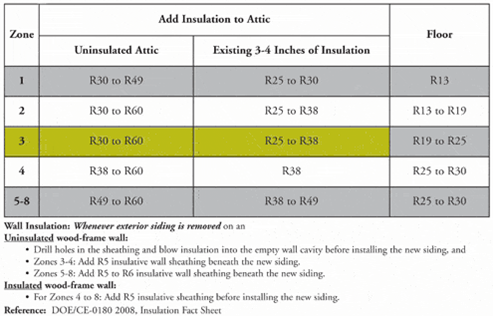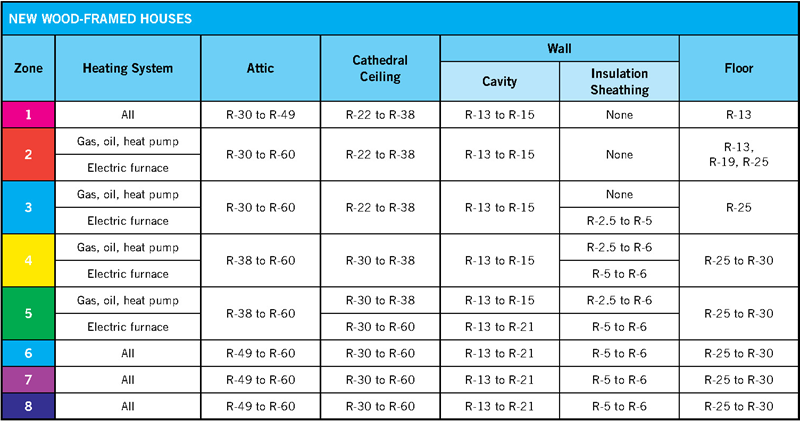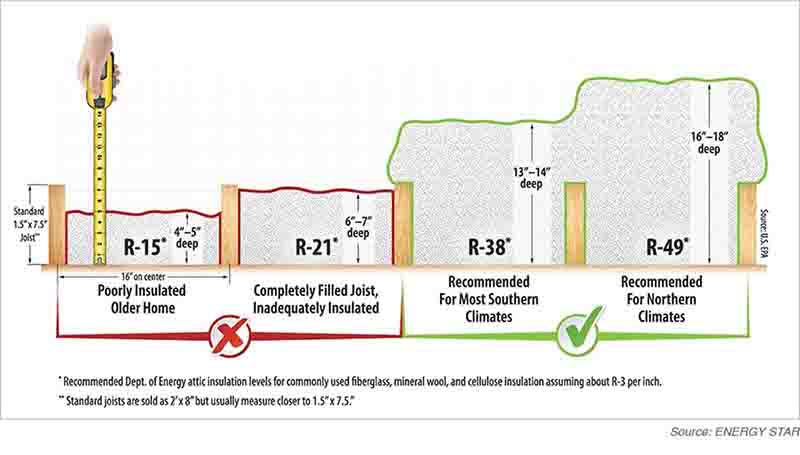In comparison an inch of blown fiberglass insulation has an r value of 3 1 3 4 and an inch of blown cellulose in an attic has an r value of 3 2 3 7 along with knowing the r value of a particular insulation it is also important to calculate the r value of a total system.
Standard attic insulation r value.
Your home s age if your home is more than 10 year old you likely need more insulation.
Insulation level are specified by r value.
Recommended home insulation r values.
Average ratings the r value for cellulose insulation in an attic depends on several factors including the size shape and construction of your attic typical weather conditions where you live any.
In general an attic s r value should be between r 30 and r 49.
Typical recommendations for exterior walls are r 13 to r 23 while r 30 r 38 and r 49 are common for ceilings and attic spaces.
When determining how much insulation you need don t guesstimate calculate.
While some ceilings in the southwestern part of the united states require a minimum of r 19 insulation most attics or ceiling areas require a minimum of r 38 in the ceiling.
R value measures how well certain building insulation materials can resist heat.
You will need a higher r value of insulation if you live in the northeast than if you live in southern california.
Where you live different climates require different insulation r values.
In general to optimally isolate an attic on average an r value of the insulation is required ranging from r 50 to r 60.
The higher the r value the better the thermal performance of the insulation.
The higher the r value the greater the insulation performance.
However this value varies not only on the basis of the type of insulating material but also on the area.
There are many ways to retrofit a home with fiberglass and.
The table below shows what levels of insulation are cost effective for different climates and.
Depending on where you live and the part of your home you re insulating walls crawlspace attic etc you ll need a different r value.
While wall insulation is limited by the width of the studs different materials provide higher or lower r values.
In particularly cold climates you might go up to r 60.
The further north northeast you go the colder it is and the more necessary r value will grow.
As a benchmark one inch of solid wood has an r value of 1.
